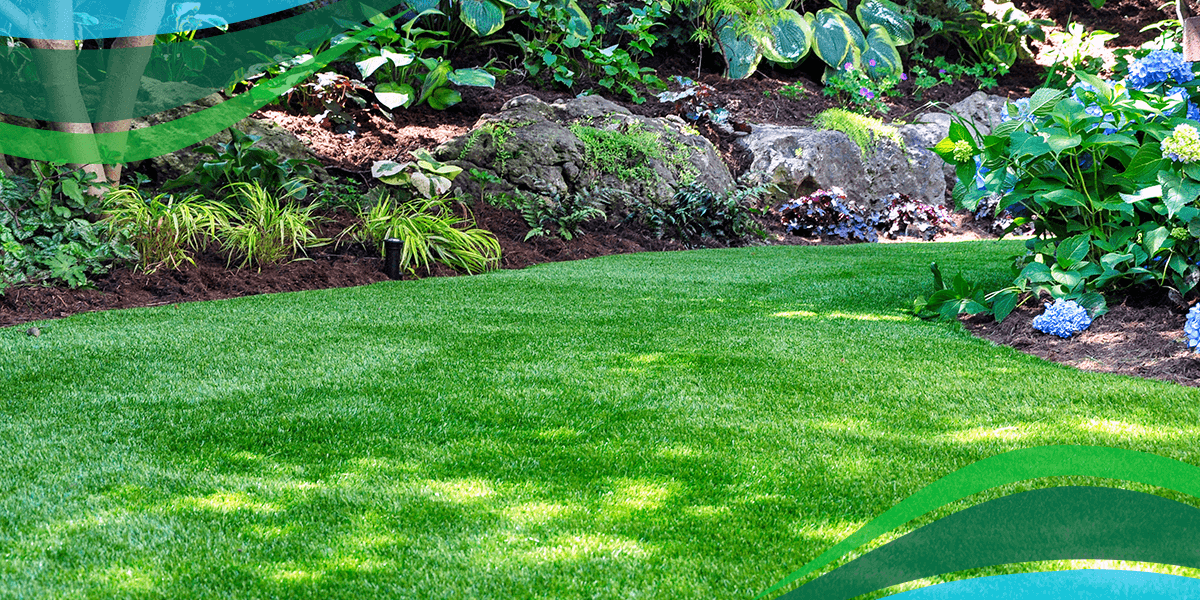Welcome to our comprehensive lawn care guide. Here, you’ll find tips for a lush green lawn. Let’s get started on your journey to a perfect lawn.
Understanding Your Lawn
First, you need to know your lawn type. Different grass types require different care. Here are some common types:
- Bermuda Grass
- Fescue Grass
- Bluegrass
- Ryegrass
Each type has its own needs for water, sunlight, and mowing.

Credit: www.organiclawns.net
Watering Your Lawn
Water is essential for a healthy lawn. But, how much water is enough?
How Often To Water
Most lawns need about 1 inch of water per week. This includes rainfall and irrigation. Water your lawn early in the morning. This helps reduce evaporation.
Watering Tips
- Use a rain gauge to measure rainfall.
- Water deeply, but less often. This encourages deep roots.
- Avoid watering in the evening. This can lead to disease.
Mowing Your Lawn
Mowing is another important part of lawn care. Here are some tips to keep your grass healthy.
Mowing Height
Different grass types have different mowing heights:
| Grass Type | Mowing Height |
|---|---|
| Bermuda Grass | 1-1.5 inches |
| Fescue Grass | 2.5-3 inches |
| Bluegrass | 2-2.5 inches |
| Ryegrass | 2-2.5 inches |
Mowing Tips
- Keep your mower blades sharp.
- Don’t cut more than one-third of the grass height at once.
- Change your mowing pattern regularly.
Fertilizing Your Lawn
Fertilizer provides nutrients that your grass needs. Here’s how to fertilize your lawn properly.
Types Of Fertilizer
There are two main types of fertilizers:
- Organic Fertilizers
- Synthetic Fertilizers
Organic fertilizers release nutrients slowly. Synthetic fertilizers provide nutrients quickly.
When To Fertilize
Fertilize your lawn in the spring and fall. This helps your grass grow strong roots. Avoid fertilizing in the heat of summer.
How To Apply Fertilizer
- Use a broadcast spreader for even coverage.
- Follow the instructions on the fertilizer package.
- Water your lawn after fertilizing.
Weed Control
Weeds can ruin the look of your lawn. Here are some tips to keep weeds at bay.
Types Of Weeds
There are two main types of weeds:
- Broadleaf Weeds
- Grassy Weeds
Broadleaf weeds have wide leaves. Grassy weeds look like grass.
Preventing Weeds
- Keep your grass healthy. Healthy grass can outcompete weeds.
- Use a pre-emergent herbicide in the spring.
- Mow your lawn at the right height.
Removing Weeds
- Pull weeds by hand when the soil is moist.
- Use a post-emergent herbicide for tough weeds.
- Follow the instructions on the herbicide package.

Credit: www.dreamlawn.com
Aerating Your Lawn
Aeration helps your lawn breathe. It improves water and nutrient uptake. Here’s how to aerate your lawn.
When To Aerate
Aerate your lawn in the spring or fall. This is when grass is actively growing.
How To Aerate
- Use a core aerator for the best results.
- Aerate when the soil is moist, but not wet.
- Avoid aerating in the heat of summer.
Dealing with Lawn Pests
Pests can damage your lawn. Here’s how to keep them under control.
Common Lawn Pests
Some common lawn pests include:
- Grubs
- Chinch Bugs
- Armyworms
Preventing Pests
- Keep your lawn healthy. Healthy grass is less prone to pests.
- Use a lawn pest control product if needed.
- Follow the instructions on the product package.
Dealing With Pest Damage
- Identify the pest causing the damage.
- Use the appropriate treatment for the pest.
- Repair damaged areas by reseeding or sodding.
Seasonal Lawn Care Tips
Your lawn needs different care in each season. Here’s a quick guide.
Spring
- Rake up any debris from the winter.
- Aerate your lawn if needed.
- Apply a pre-emergent herbicide.
- Fertilize your lawn.
Summer
- Water your lawn deeply and less often.
- Mow your lawn at the right height.
- Watch for signs of pests and disease.
Fall
- Aerate your lawn if needed.
- Fertilize your lawn.
- Rake up fallen leaves regularly.
Winter
- Minimize foot traffic on your lawn.
- Remove any debris or leaves.
- Prepare your lawn for the coming spring.
Frequently Asked Questions
How Often Should You Mow Your Lawn?
Mow your lawn weekly to keep it healthy and looking neat.
What Is The Best Time To Water Grass?
Early morning is the best time to water grass to reduce evaporation.
How Do You Prevent Lawn Weeds?
Use pre-emergent herbicides and maintain healthy, thick grass to prevent weeds.
What Is Aeration In Lawn Care?
Aeration involves perforating the soil to allow air, water, and nutrients to reach the roots.
Conclusion
Taking care of your lawn doesn’t have to be hard. With these tips, you can have a lush green lawn all year round. Remember to water, mow, fertilize, and control weeds. Keep an eye out for pests and aerate when needed. Happy gardening!
